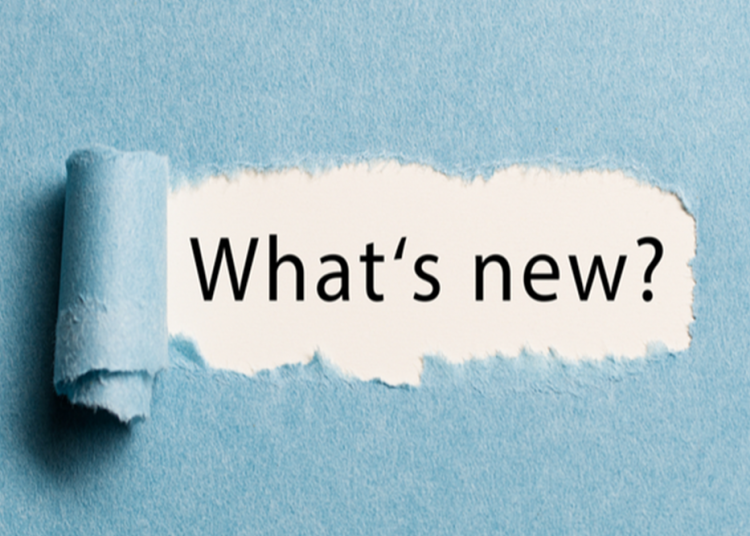Patrick Naughton describes himself as “house poor.”
In 2001, when he bought a ranch home for $336,500 in Braintree, Massachusetts, Naughton hoped he could pay off his 30-year mortgage by retirement and own his home outright.
“In a perfect world I would have had 10 years left on my original loan,” he says. “But life throws a lot of curveballs.”
A divorce spun Naughton, 53, who raised his six children as a single dad, into a financial mess that almost cost him his house. While he managed to hold on to it, he could barely make a dent in his loan amount despite working two jobs.
Then early this year, he decided to take advantage of the pandemic-induced historically low-interest rates and refinance his mortgage. He switched from a 15-year mortgage he’d signed up for in December 2018 to a 30-year mortgage, reducing his interest rate from 3.75% to 2.6% and cutting down his monthly payment by $900. His closing costs came to $2,500.
Hot real estate:Home prices rose by more than 50% in these 10 markets since 2017
FHFA program: Low-income borrowers could save between $100 to $200 a month by refinancing
From April 2020 through the end of March 2021 around 10.7 million – or 20% of homeowners with mortgages – have refinanced their loans. At the same time, 14.1 million homeowners, or one-quarter of all borrowers who are strong candidates for refinancing, are currently not taking advantage of the low-interest rates, which hit 2.86% this week, according to an analysis…



























































